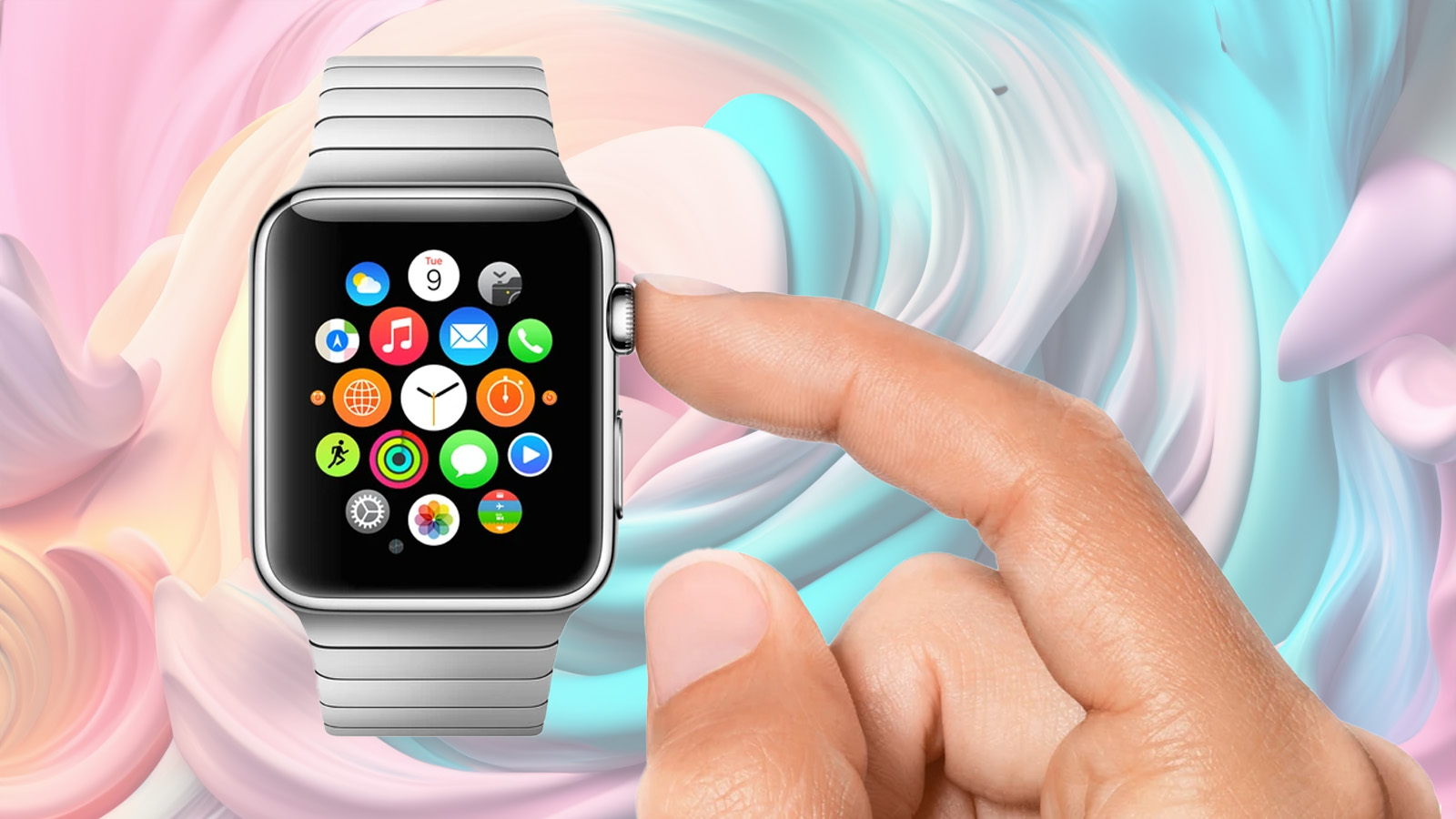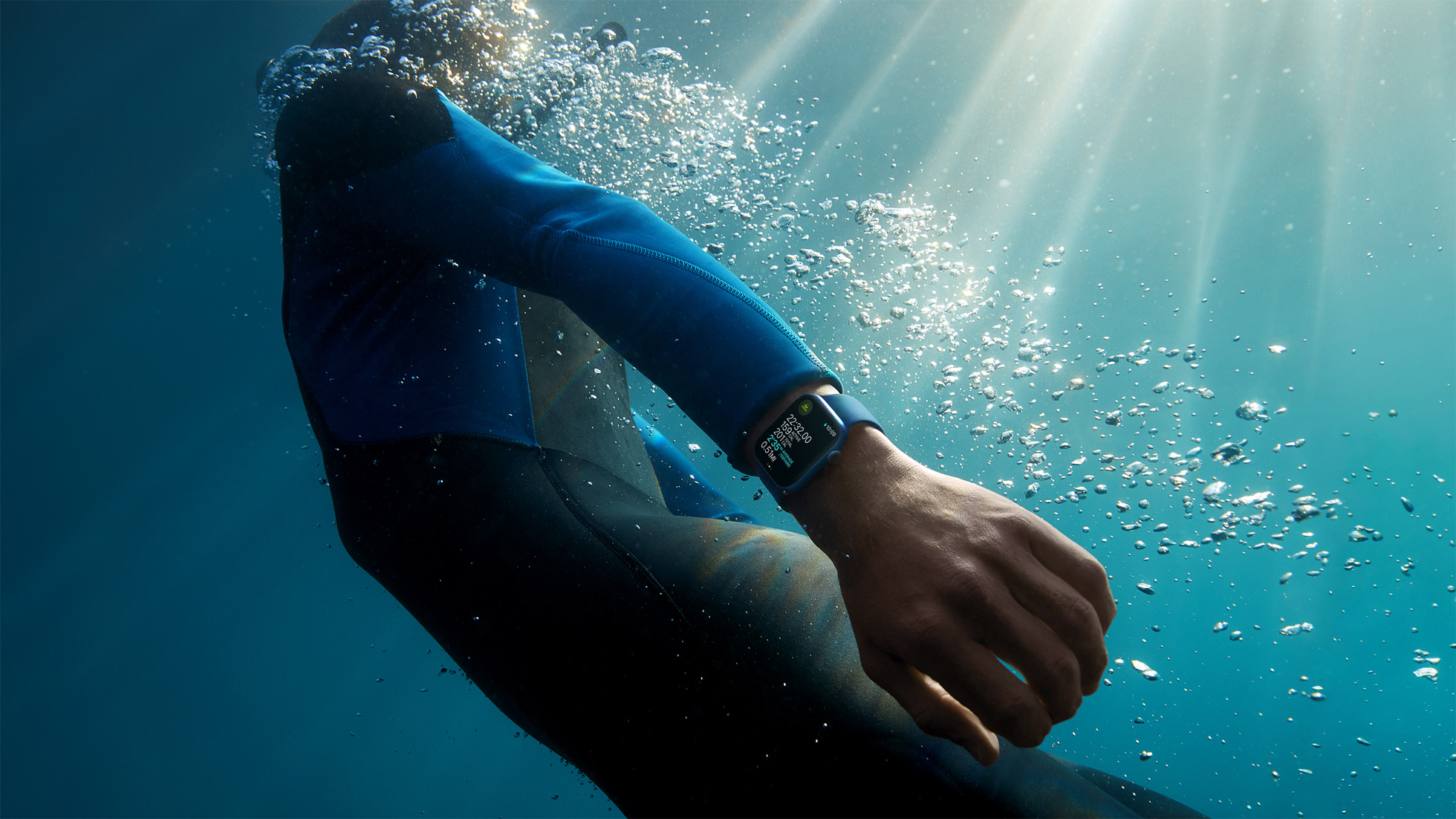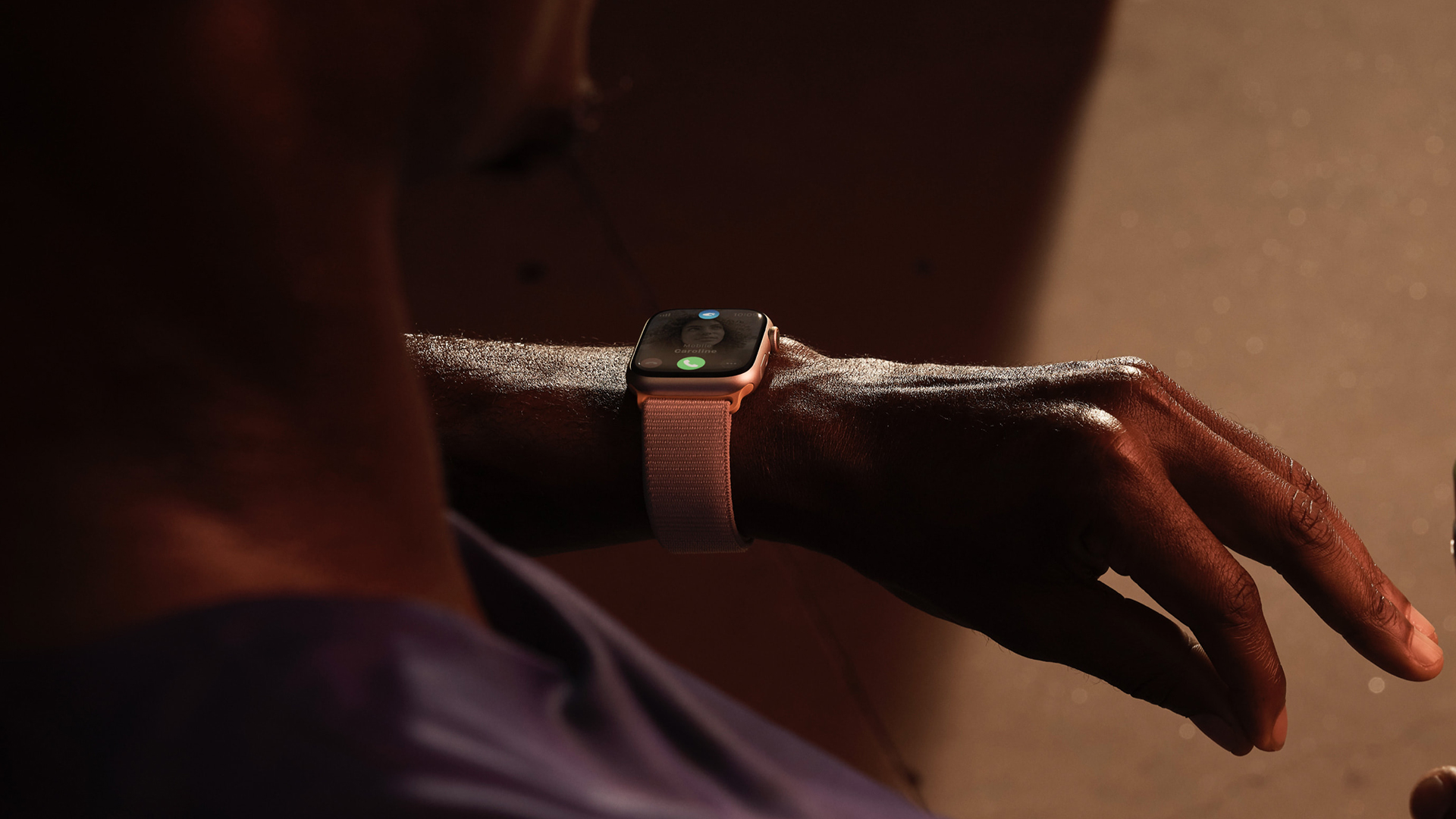Apple Watch 10 years on: Ten things the Series 0 couldn't do that we now take for granted
How far has wearable technology come in the last decade?


As we approach the 10th anniversary of the Apple Watch in 2024, it's a fitting moment to reflect on the remarkable journey of this iconic wearable. While we may not anticipate a dramatic overhaul to mark this milestone, it's worth taking a step back to appreciate just how far the Apple Watch has come since Tim Cook unveiled the original Series 0.
The Apple Watch was first announced on September 9, 2014 – exactly ten years before the scheduled date of the 2024 Special Apple Event. At that time, the smartwatch landscape was dominated by devices like the now-legendary Pebble, along with Motorola's Moto 360 and LG's G Watch. The market was in its infancy, with wearables offering limited functionality compared to today's standards.
Much has changed since then. The Apple Watch Series 9 is a testament to a decade of innovation, vastly surpassing its predecessor in both features and hardware capabilities. To honour this evolution, we've compiled a list of ten defining attributes that showcase how Apple has redefined wearable technology—features that were unimaginable for users of the original Apple Watch.
Always-On Display
The Series 0 Apple Watch had a decent OLED Retina display with a resolution of 312x390 pixels (42mm model) and a maximum brightness of 450 nits, but it did not have an always-on capability. The Series 9 not only has an always-on Retina LTPO OLED display with a 396 x 484 resolution (45mm model), but it increased luminosity to a whopping 2,000 nits.
GPS capability
That’s right; the original Apple Watch didn’t have an onboard GPS chip. Instead, it relied on the proximity—and the GPS—of a paired iPhone (at the time, it was the iPhone 6). Conversely, the Series not only has a GPS, but it’s a dual-band chip, allowing you to track outdoor activities with high precision without an iPhone in sight.
LTE connectivity
The original Apple Watch did not have LTE connectivity at all. It was fully dependent on being connected to an iPhone via Bluetooth or Wi-Fi to access data services such as notifications, calls, messages, and apps. LTE-enabled Series 9 watches can now make and receive calls, send messages, stream music, use apps, and receive notifications without needing to be connected to a smartphone.

Swim-ready construction
Wanted to go for a swim wearing your Apple Watch Series 0? Too bad! It was only rated for splash resistance but wasn’t suitable for swimming in the pool or elsewhere. The latest Series 9 is water-resistant up to 50 meters, making it suitable for swimming and other water-based activities. Not quite Apple Watch Ultra 2 levels of dive capability, but still.
Get all the latest news, reviews, deals and buying guides on gorgeous tech, home and active products from the T3 experts
Advanced health tracking
While the Series 0 laid the groundwork for the Apple Watch's role as a health and fitness powerhouse, it was primarily focused on basic activity tracking, heart rate monitoring, and workout tracking. It couldn’t track sleep, blood oxygen levels, estimate V02 max, or recovery time, to name a few. It could only monitor basic workouts such as running, walking, and cycling – a far cry from what the Series 9 can do.
ECG and temperature sensors
The Apple Watch was launched when having a heart rate sensor included in a smartwatch wasn’t the norm. Even though the watch heralded an era of personal well-being wearables worn on the wrist by millions of people, it only had a few sensors. The most notable absentees include a temperature sensor used for sleep, stress and period tracking and the ECG sensor introduced with the Apple Watch Series 4.
More storage and memory
Back in 2014, the 8GB storage offered on the Apple Watch Series 0 was plenty. However, it somewhat restricted app installations and performance (at the time, we didn’t think so, but still). The latest Apple Watch has four times the storage (32GB) and memory, allowing for more apps, music, and better multitasking.

Double Tap
One of the latest additions to Apple’s wearable feature arsenal, Double Tap allows you to interact with the watch without touching the display by tapping your index finger and thumb together on the hand you wear the watch on. The enabler of this feature is the S9 SiP (System in Package), offering a massive performance boost, more power efficiency, and smoother operation. The Series 0 was powered by the S1 chip, which is significantly slower and less efficient and definitely not capable of running the Double Tap feature.
Improved connectivity
The original Apple Watch only had Bluetooth 4.0 and Wi-Fi (802.11b/g/n 2.4GHz), while the Series 9 has Bluetooth 5.3 and Wi-Fi (802.11b/g/n 2.4GHz and 5GHz), plus optional cellular models with LTE. That’s faster transfer times and more solid smartphone connection for you.
Offline Siri
The S9 SiP added Double Tap and offline Siri functionality to the Apple Watch Series 9. The latest iteration of Apple’s smart assistant can process some queries offline, allowing you to organise your life better without constantly tethered to your iPhone.
+1 18-karat gold version
We couldn’t end this article without mentioning what the first generation of Apple Watch could do and the latest can’t. The 18-karat gold Apple Watch Edition was a bold experiment by Apple to merge high fashion with technology, creating a product that was as much a luxury accessory as it was a piece of wearable tech.
The Apple Watch Edition, as it was called, was positioned as a high-end, luxury item with prices ranging from $10,000 to $17,000, depending on the specific model and configuration (such as band choices and case size). Sadly, we don’t have a similar model in the current portfolio. Maybe 2024 will be the year when it makes its return?

Matt Kollat is a journalist and content creator who works for T3.com and its magazine counterpart as an Active Editor. His areas of expertise include wearables, drones, fitness equipment, nutrition and outdoor gear. He joined T3 in 2019. His byline appears in several publications, including Techradar and Fit&Well, and more. Matt also collaborated with other content creators (e.g. Garage Gym Reviews) and judged many awards, such as the European Specialist Sports Nutrition Alliance's ESSNawards. When he isn't working out, running or cycling, you'll find him roaming the countryside and trying out new podcasting and content creation equipment.